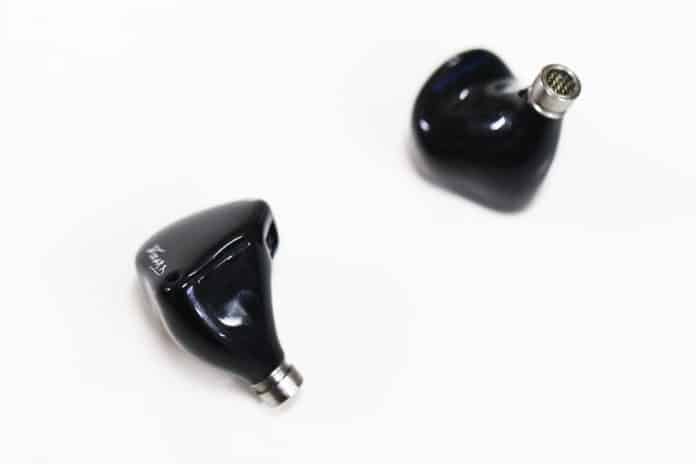Yesterday I had the opportunity to try the new Noble Audio Falcon TWS. Today I’m looking at Noble’s latest mid-to-high end entry, the Tux 5. But with a $1299 price tag, a robust 5-driver design, and a high-contrast color scheme, this may be a love-it-or-hate-it kind of earphone. With that being said, how does it sound? And is that sound worth the price?
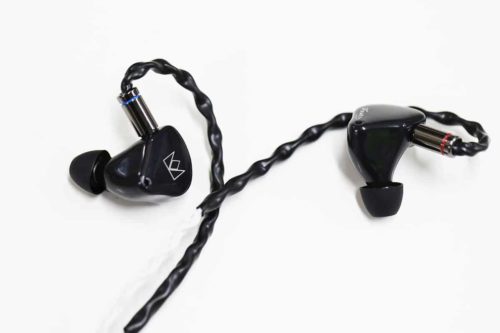
The Tux 5 comes in a box that reminds me of the Khan. Inside, you’ll find the earphone and the removable 2-pin cable, as well as ten pairs of eartips, and a cleaning tool.
The included cable features a stylish black-and-white 8 wire braid. At the yoke, this braid splits to white on the right and black on the left, allowing for even easier identification. But the 2-pin connections also feature red and blue color indications as well.
This cable measures a standard 4 ft (1.2 m) and terminates in a standard 3.5 mm single-ended plug. It does utilize a memory wire at the 2-pin connection, but the wire has some spring to it (like FiiO cables), and doesn’t feel too stiff or uncomfortable (as there’s no metal rod inside the memory wire).
Once situated in my ear, the Tux 5 feels natural and comfortable. I’ve never had a problem with Noble Audio earphones fitting me, but if you found the Khan a bit large, you may still enjoy the Tux 5. Smaller in size, it doesn’t feel as tight in my ears as the Khan did.
Isolation feels pretty good on the Tux 5, easily blocking out the sound of my coworkers bickering about the best summer cocktail (it’s a Dark and Stormy, dammit).
Internally, this earphone rocks a total of five drivers, with one dynamic handling the lows and two BA drivers each for low-mids and mid-highs. Easy to drive, Noble has gone out of its way to ensure that this earphone will work with smartphones or portable players.
For most of my listening sessions, I used the Tux 5 with my go-to testing setup, a modded iPod and an Electric Avenues PA2V2 amp. This setup provides a fairly neutral (if slightly warm) sound. (It also provides a fairly inexpensive setup for entry-level reviewers to get started in the hobby.) All of the files I test with are ALAC 16/44.1 kHz.
I also used the Tux 5 with my iPhone 8, using the junky lightning adapter and playing a mix of ALAC 16/44.1 and Tidal Hifi/MQA.
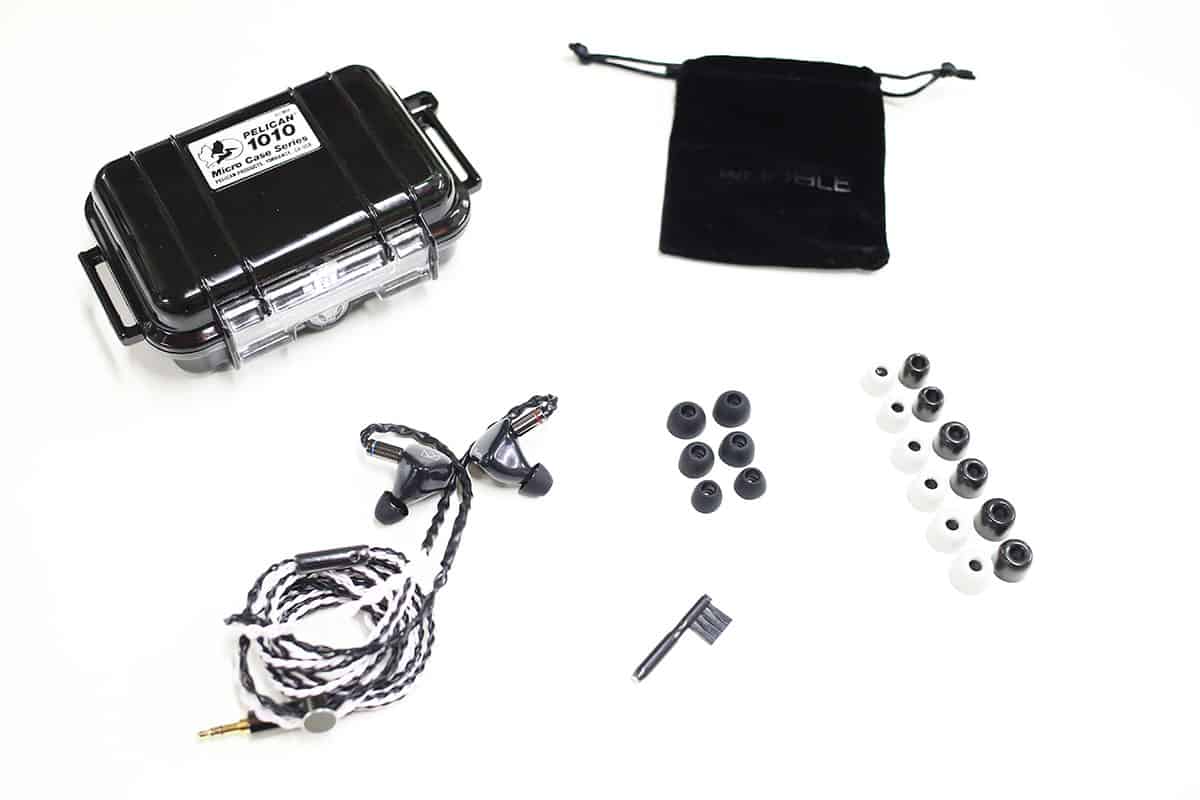
Sound Quality
Low End
In the low end, the Tux 5 delivers a fairly accurate listening experience. Rife with detail and sporting just a measure of bass impact, these lows work well with a range of music. While not overly-pronounced, the slam in the low end reminds me of the Noble Khan. Just slightly emphasized, it works well with the rest of the frequency range and doesn’t eat surrounding nuances. Bass guitars on tracks like Bloodhound Gang’s I Wish I Was Queer So I Could Get Chicks and Daft Punk’s Lose Yourself To Dance feel meaty, but not too thick, retaining an analytical veneer while remaining fun and engaging.
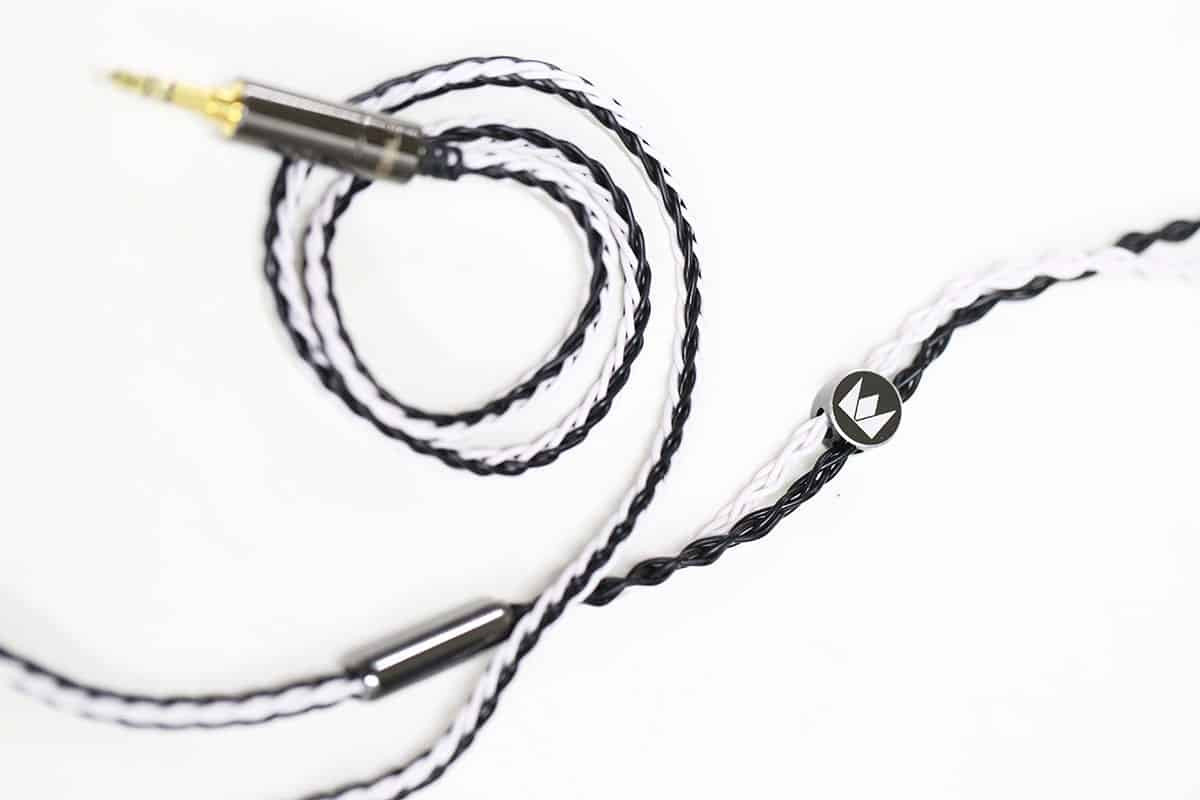
Midrange
When it comes to mids, the Tux 5 really hits its stride. There’s a wealth of detail here that shows in instrumentation or vocals. Presentation sounds close and intimate without feeling too forward, allowing the rest of the frequency range to work abreast of these hyper-detailed mids. Tracks like I Still Haven’t Found What I’m Looking For by U2, or Wolf Like Me by TV On The Radio take full advantage of this fidelity. On the latter, the Tux 5 grabs every iota of distortion in the track. Yet surrounding instruments remain contrasting and precise.
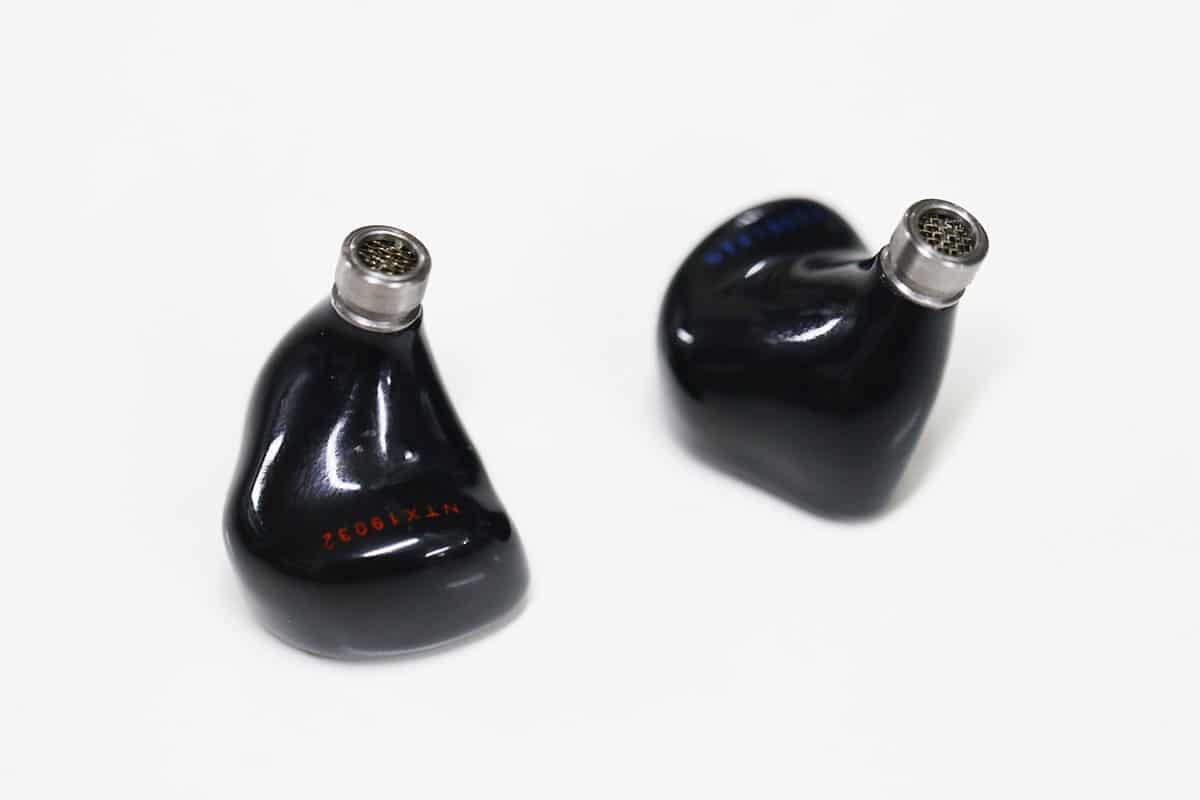
High End
Here the Tux shows just a whisper of emphasis. High highs on tracks like Ari Lennox’s Broke and Fleetwood Mac’s Dreams show just how finely tempered the Tux 5 sounds. Even as the vocals reach their highest pitch, the highs remain accurate but never sound too harsh or extreme. But these tracks also showcase just how well the highs work in tandem with the low end, allowing for a rich, dynamic sound.
Soundstage
There’s adequate soundstage here – appearing scaled down from that found in the Khan. But despite the in-ear design, the Tux 5 feels surprisingly open and spacious, with ample room for complicated tracks to stretch their legs. Instruments occupy their own inalienable spaces. Vocals remain distinct against surrounding instruments. And an air of clarity and separation allows for a layered and nuanced sound.
Comparisons
Campfire Andromeda
Versus the Campfire Andromeda, the Tux 5 feels more natural in the lows. Thanks to the dynamic driver, the Tux 5 feels more full and lifelike. In contrast, the Andromeda feels more shallow, without the weight or impact you would expect. Mids appear about the same between the two earphones. Both offer impressive detail at the heart of the frequency range. However, the Andromeda seems to offer a bit more emphasis in the high end. Here the Tux 5 actually sounds a bit subdued in the highs, feeling smoother or more rolled-off in an A-B test.
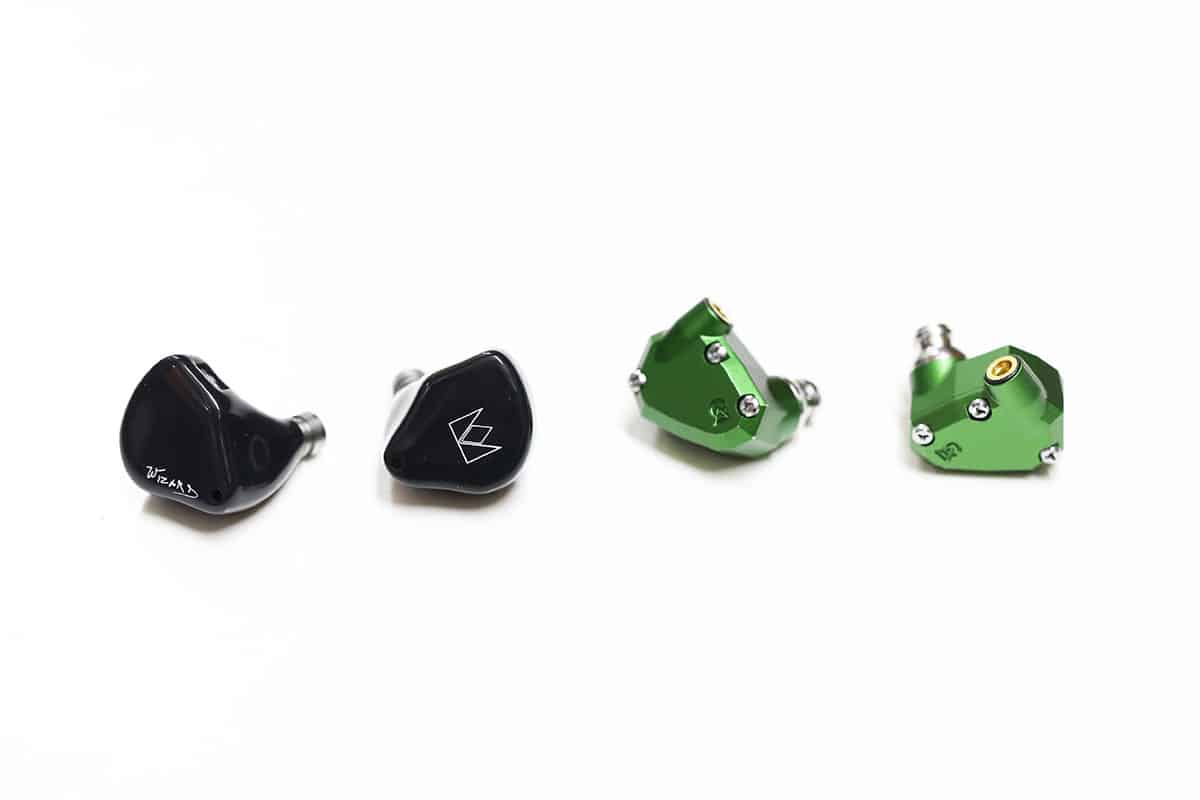
Shure SE846
When stacked up against the Shure SE846, the Tux seems more immediate. The Shure, in contrast, appears veiled, or recessed, but more or less a boiled down version of the Tux 5. Bass seems only slight more emphasized on the Tux 5, while mids feel more present and more distinct. Highs also seem more pronounced on the Tux 5, making this earphone seem a bit more v-shaped alongside the SE846.
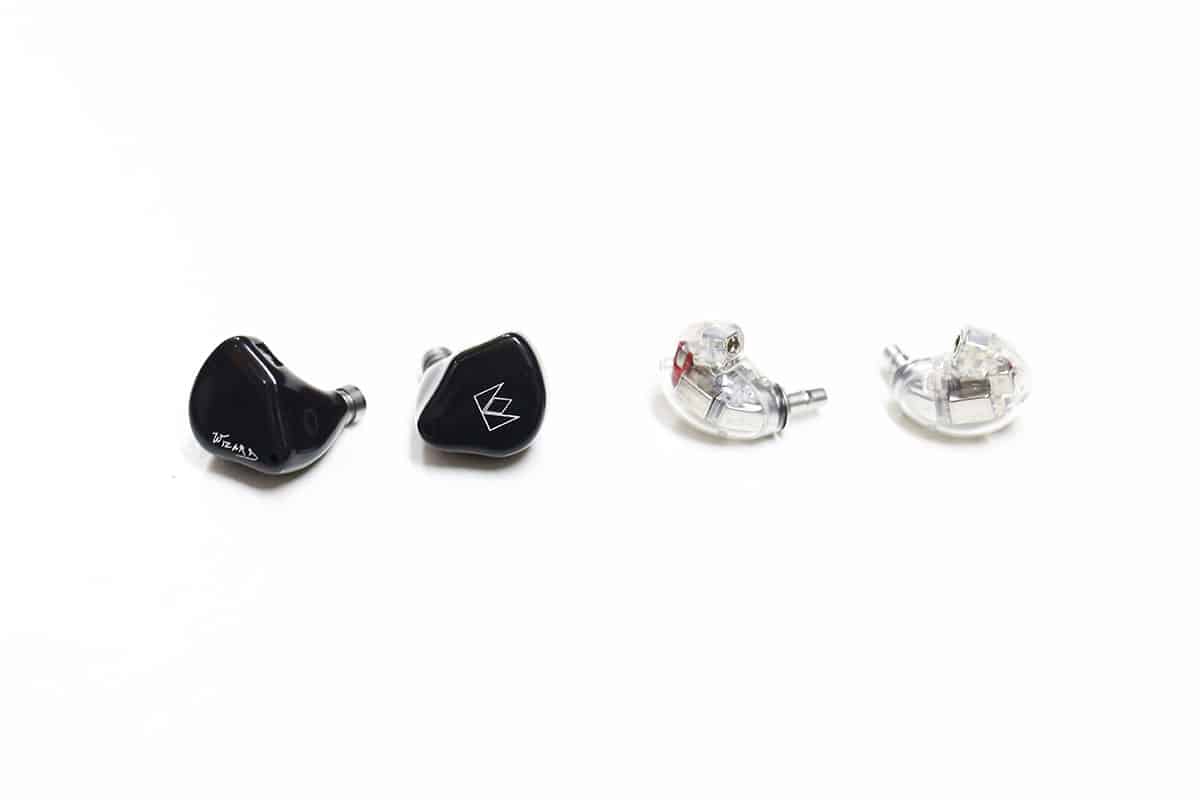
Noble Khan
Surprise surprise, the Khan still reigns supreme. But listening to these two earphones side-by-side only reinforces my theory that the Tux 5 is a boilded-down version of the Noble flagship. Low ends between these two earphones sound similar, but with a bit more punch on the Tux 5. However, the Khan boasts more detail in every area of the frequency range. Lows, mids, highs – they all seem more detailed and full when listening on the Khan. The highs, too, seem even more relaxed or rolled off on the Khan, but without sacrificing any of that detail.
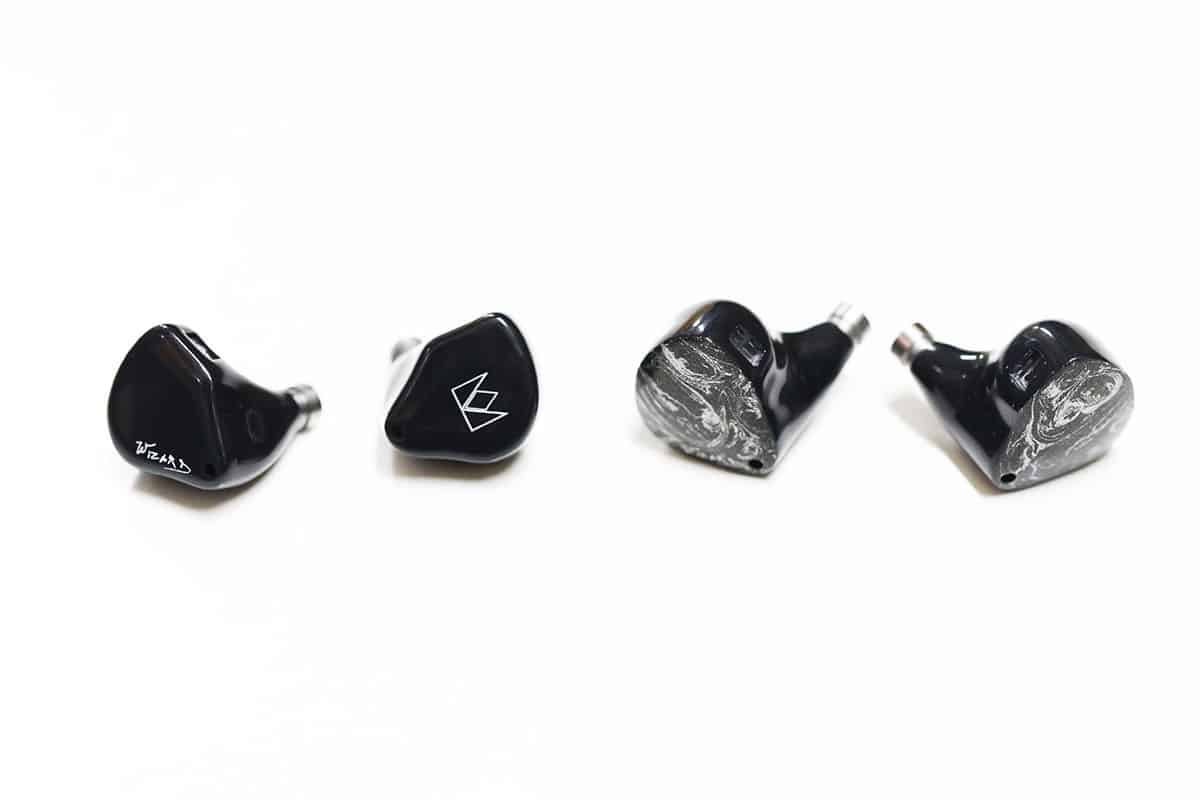
Portable Players vs Phones
Bouncing back and forth between my portable player setup and my phone, I can’r report any major issues with either option. The Tux 5 will work well in either scenario – something Noble Audio is keen to make clear. Personally, I would recommend using a portable player – whether that’s a modded iPod, a high end Astell & Kern, or even a laggy FiiO. Because as resolving as the Tux 5 sounds, you want to make sure your DAC isn’t strangling detail from the source. And while I’ll be first to admit that the iPhone sounds pretty good for what it is, any smartphone adapter will give you just a whiff of compression. And that feels a little antithetical to buying an IEM of this caliber.

Pros and Cons
Pros: With a detailed and resolving sound, the Noble Audio Tux 5 delivers an intoxicating listening experience. In most respects, this earphone feels like a more economical version of the Khan, and at half the price, it’s an enticing deal.
Cons: While the sound quality appeals to me, I can see where folks might prefer more emphasis in the highs. The high-contrast look a bit too flashy for some folks, too.
Final Analysis
At $1299, the Nobel Audio Tux 5 won’t be the most affordable earphone. However, when it comes to earphones around $1000, this new model deserves plenty of attention. In its own right, the Tux 5 sounds amazing, and I’d personally take it over any other earphone before hitting the $2000 price point. When stacked up against the Khan, this earphone offers 90-95% of that sound at almost half the cost, and being smaller, it also feels just a bit more comfortable. Our take? The Tux 5 couldn’t be more black-and-white: Khan-esque sound quality on a budget, giving every competitor a run for their money.
Pick up your Tux 5 for the best price here:
MAJORHIFI may get a commission from retail offers.
Compare the ranking of various headphones, earbuds and in-ear monitors using our tools.
Discuss this, and much more, over on our forum.
---MAJORHIFI may receive commissions from retail offers.


